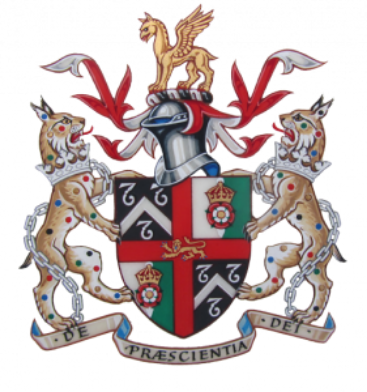About
The Medical Artists’ Association of Great Britain is a diverse community of members who strive to be innovators in biomedical communication.
The Association provides unique benefits to this group of artists in their creative and scientific works, which communicate medical and scientific topics and improve health literacy.
Sir Barry Jackson MS, FRCS, FRCP
Honorary President
Debbie Maizels
Honorary Secretary
Philip Wilson
Honorary Treasurer
Joanna Cameron
Chairman 2025-27
Philip Ferguson Jones
Vice-Chairman 2025-26
Catherine Chadha
Council 2024-26
Charlotte Donald Wilson
Council 2024-26
Emily Bucher
Council 2024-26
The Objectives of the Association:
- To be recognised by the medical profession of Great Britain as the only Association representing British medical artists
- To safeguard the professional status of qualified artists in institutions
- To raise the standard of medical art
History of the MAA, 1949-2023
Throughout the centuries, artists have worked with medics to communicate medical knowledge. Medical art can be found in the paintings, inscriptions and sculptures of Ancient Egypt and in the early medical lore of India, China, Greece and Arabia. Their endeavours to improve knowledge of medical subjects by close co-operation with medical colleagues, making full use of suitable techniques and evolving technology, contributed greatly to the literature on medicine, surgery and allied subjects. They laid the foundations that have influenced the medical artists of today.
At the beginning of the 20th century a small number of medical artists were employed in a freelance capacity by individual medical consultants, hospitals and medical schools. Most of them had come into this branch of illustration by accident, rather than design. After World War I a few artists were employed by medical institutions, but it was not until the end of World War II that the numbers increased and Departments of Medical Art were created.
Whereas previously the medical artists' work had mainly consisted of anatomical, surgical and pathological illustrations, the scope was widening greatly to take in more scientific and research work. It became evident that there was a need for medical artists to form a group where members could exchange ideas, information and train future medical artists for a more multidisciplinary career. A committee was formed under the leadership of Dorothy Davison, Clifford Shepley, Margaret McLarty and Audrey Arnott, and notices were sent out to all known medical artists working at the time, inviting them to a meeting to be held in Oxford on 2nd April 1949, where it was agreed to form the Medical Artists' Association of Great Britain (MAA).
The four aims of the Association were:
- To raise the standard of medical art in the country
- To start a training scheme
- To encourage students and to assist members to help one another
- To educate the medical profession on the value of good work
Since the time of the first Annual General meeting in 1950 the Association has gone through some key stages in its history:
During the last 25 years the role of a medical artist has undergone significant change. Whereas in the 1950s the majority worked within a hospital or university department, today most are working within publishing, marketing, education and training. In addition to hospital and university departments, many work in the private sector. Many are self-employed and have founded their own companies.
Throughout this transitional period the Medical Artists' Association has continued to ensure the high standard of its training. Students gain invaluable skills and are able to apply them to new and evolving technologies to maintain the high professional standards in medical art to which the Association aspires.

Patron - The Worshipful Company of Barbers
Members of the Barbers’ Company (which has been in existence since at least the early 14th century) at first practised both barbery and surgery without distinction of trade and without formal examination. Gradually, from the founding charter of the Barbers’ Company of 1462 under Edward IV to the formation of the Company of Barbers and Surgeons of London by the Act of 1540 under Henry VIII, controls over examination and licence to practise of both barbers and surgeons were introduced. By the Act of 1745 the slow process of the separation of the two trades was completed and the surgeons left the Company to form what has since become The Royal College of Surgeons of England.